Construction sand weight
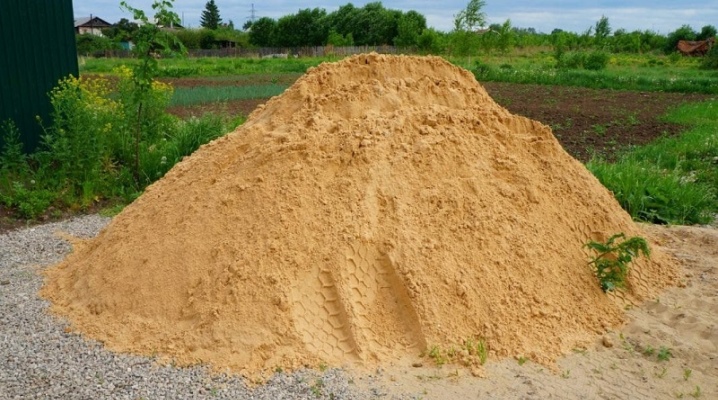
Sand Is a naturally occurring granular material that consists of finely dispersed rocks and mineral particles, rounded and polished to varying degrees. Sand for home or garden use is usually sold in small bags of a few kilograms, and for larger projects in 25 or 50 kg bags. For construction and work on the erection of monolithic structures, the material is supplied by trucks in tons.
Special requirements are imposed on building sand, therefore it is very important to take into account such an indicator as the specific gravity when making concrete and other mixtures. It, in turn, depends on the type of building material.
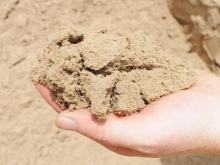
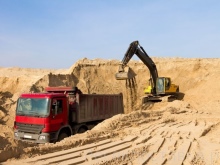

What affects the weight characteristics?
There is a whole list of factors to consider when calculating the weight of sand. Among them granularity, size of fractions, amount of moisture and even density. The weight will also differ when the composition of the building material contains impurities... They strongly affect the indicator in question. It is also worth considering that there is always free space between the grains. It, in turn, is filled with air. The more air, the lighter the material and vice versa. The heaviest is compacted sand. Speaking specifically about the mass of natural material, then it can be real, bulk and technical. Indicators are determined taking into account the ratio of mass to volume.
To derive the final indicator, not all are taken into account porosity... You need to understand that the real mass is lower than the same true value. And all because in real terms, the indicator is only conditional. Now let's talk about the bulk density. If this is dry material, not mined from a quarry, but from a river, then its indicator is 1.4-1.65 tons per m3. If we take the same type of sand only in a wet state, the indicator will already be 1.7-1.8 tons. In a compacted state, the same sand shows a figure of 1.6 tons per m3.
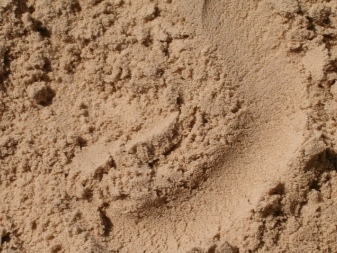
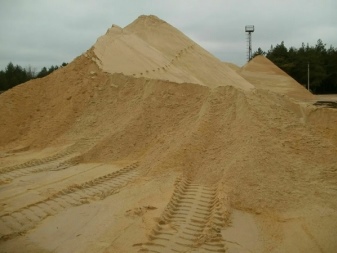
But there are other types as well. For example, the material that is being mined in a career way. Sand with small grains, which is also called fine-grained, has a bulk density of 1.7-1.8 tons. If it is material made of crystalline type silica, then its bulk density is 1.5 t per m3. If this ground sand, then the indicator will be equal to 1.4. and if compacted, then 1.6-1.7 tons per m3. There is also material that is mined in a different way, in this case we are talking about mining, which goes under the brand name 500-1000. Here the bulk density is 0.05-1.
The weight under consideration is of great importance number of foreign components, which are also called impurities, and saturation with minerals. Sand can be produced from a heavy initially mineral or from a light... In the first case, the indicators will be more than 2.9, in the second less than this level.
It is also important to take into account the indicator of the size of the grains. You can determine the amount of gravel by sifting the sand through a special device.
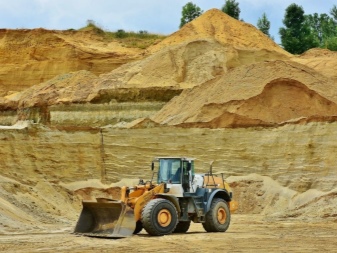

Speaking specifically about the volume, then sand is of three types... It is supplied for building mixes large, medium and even small... Why is faction size so important? Because this parameter affects the ability of the sand to absorb moisture. How much you have to spend to create a mixture will also differ. You can find sand of the 1st, 2nd class on sale.If the grains are from 1.5 mm, then we are talking about the first class, in the second this indicator is not taken into account.
The specific gravity largely depends on the method of laying the building material. This can be either a classic bedding, or a compaction by workers, or just a loose surface. The more water is contained in the sand, the greater the mass of such building material. Also, if it was kept wet at a temperature with a minus sign, then its specific gravity increases.
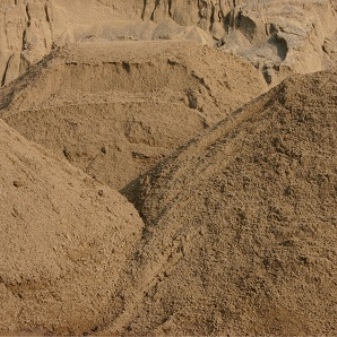
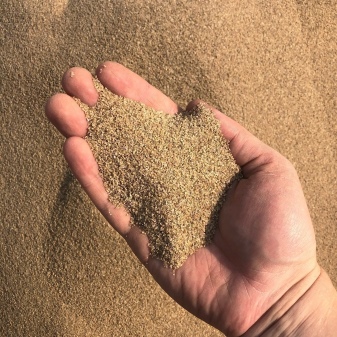
How much does 1 cubic meter of different sand weigh?
Raw materials can be as natural or man-made. In the second case, there is rock crushing. In the first case, the sand is divided into extracted from:
- lakes;
- rivers;
- seas.
The most common component of seabed material is silica quartz (silicon dioxide - SiO2). The second type, which is no less common, mainly found on islands and near the sea, is calcium carbonatewhich is created by various life forms such as corals and molluscs.
The exact composition will vary depending on the formation conditions of the pebbles and local fauna.
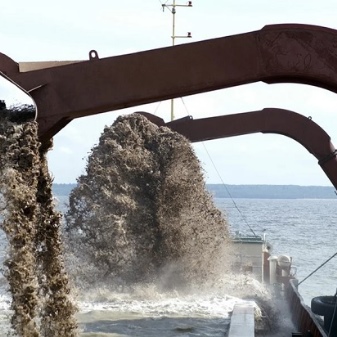

Specific gravity is measured in kg per m3. In each case, this figure will be different.
There are other types used for construction. For example, aeolian, that is, sand that was blown by the wind. If it is washed with a constant or temporary flow of water, then we are already talking about an alluvial material. Each type weighs differently.
Deluvial, which means that it lies at the foot of the mountains or on a slope. The weight of such sand will be different from what a person makes from the same rock, since the size of the fractions is also different.
The kilogram of each material also differs in density. You can compare the indicators using the table, where the average value is usually displayed. Building material is mined in deposits not only from water bodies, but also from ravines and quarries. The specific gravity for any type is expressed in tonnes per cubic meter. Which of the types is more voluminous can be judged based on the density of its particles.
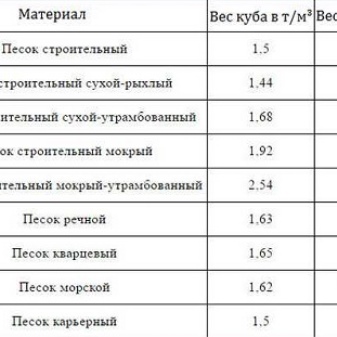

Special requirements are imposed on the material used at the construction site. All of them are fully spelled out in GOST 8736-2014 and 8736-93. On construction sites, you can find several types of sand:
- washed;
- career;
- river.
These species were chosen for a reason. Their structure ideal for construction applications... If we talk about the specific gravity of dry sand, then it is 1440 kg per m3. The material that is mined on the rivers has a different indicator. Depending on the type, the weight differs per cubic meter. For example, a washed one will have an indicator of 1500 kg per m3, a simple one -1630, and a compacted one - 1590 kg per m3. If we talk about the material extracted in open pits, then its specific weight is 1500 kg per m3, in the ravine 1400, in the mountain 1540, and in the sea 1620 kg per m3.


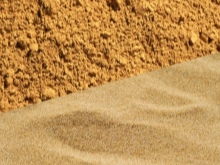
How to calculate?
Many builders and gardeners are faced with the need to calculate or determine the amount of material they need to fill the available space. The calculation process is as follows:
- estimate the required volume using geometric formulas and plans or measurements;
- the approximate density of the sand is 1600 kg / m3;
- multiply volume by density (in the same units) to get weight.
If you compare, you can see that there is fine and coarse sand.... This can be seen in the size of its grains. This is why the density is different when calculated. For this reason, as well as due to potential losses, it is necessary to buy 5-6% more material than expected.
If the calculated area has an irregular shape, it is necessary to divide it into several correct sections, calculate their volume, and then sum everything up.


For calculations, you must use the following formula:
- M = O x n
- m - represents the melted mass, which is measured in kilograms;
- О - volume expressed in cubic meters;
- n is the density that sand possesses even before it is compacted.
If we consider a cubic meter, then the indicator is identical to material density. In the event that the goods are sold by the manager and delivered unconsolidated, then the indicator is reported in advance. If we talk about the average value, then the accumulation of moisture should be from 6 to 7%. When the sand contains more moisture, the percentage rises to 15-20%. The described difference must be added to the resulting weight of sand.
River sand will have a specific gravity of 1.5 tons, sea sand - 1.6. When it is mined in a quarry, the indicator is equal to that of the river. The sand made from the slag mass is also different. Its weight can be from 0.7 to 1.2 tons per m3. If it was made on the basis of expanded clay, then the indicator varies from 0.04 to 1 ton.
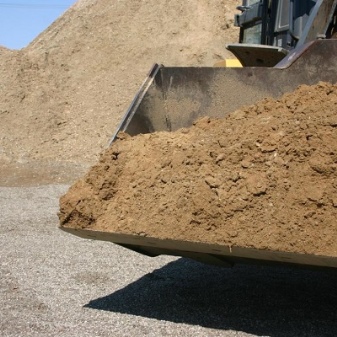
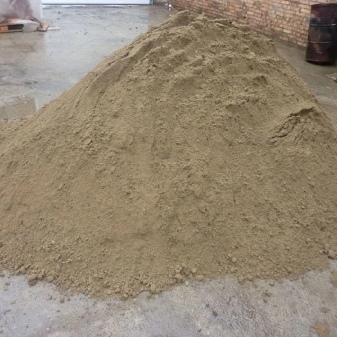
For information on how to choose the right construction sand, see the next video.













The comment was sent successfully.